AUGUSTA — A city-ordered study says it’s possible to convert the one-way section of downtown Water Street to two-way traffic, but would cost about $75,000 and between 12 and 16 parking spaces.
Several downtown merchants interviewed this past week were split on the proposal. Proponents think the change would bring more, and slower-moving, motorists into the heart of downtown who may stop to check out its offerings. Opponents don’t want to lose parking spaces that they said are already hard to come by, and becoming increasingly so, because of the ongoing revitalization downtown.
The study by Maine Traffic Resources, commissioned by the city at a cost of $19,000, determined changing the section of Water Street between Winthrop and Bridge streets from one-way to two-way traffic is possible with relatively minor alterations to infrastructure on the street.
But it would require the elimination of 12 parking spaces on Water Street to accommodate the change in lane use, including the loss of seven on the northern end of that section of street to provide space for a 175-foot right turn lane at the intersection of Water and Bridge streets. It would also likely take away two parking spaces on Oak Street and two on Commercial Street, to provide loading zones for deliveries by trucks to downtown businesses. Those loading zones would be necessary, the report stated, because now trucks can unload by stopping in a travel lane on Water Street, and traffic can simply go around them in the other lane.
When traffic is flowing both ways, that won’t be possible, without vehicles going into the oncoming lane to get around stopped trucks, so trucks will need somewhere else to unload deliveries.
Betsy Curtis, owner of Betsy’s, a home decor, furniture and formal wear shop which sits on the section of street that the study ponders changing from one-way to two-way traffic, said the change, estimated in the study to bring an additional 25 vehicles an hour, or 200 over an eight-hour day, would bring more traffic downtown, and would be worth the loss of 12 parking spaces on Water Street.
“The increase in traffic would be good — 200 more cars a day gives us an opportunity,” Curtis said. “And people will slow down, which will give us better visibility. Change is a good thing. Change means we’re growing.”
She said the impact of the reduction in parking spaces could be offset by doing a better job directing motorists to parking spaces elsewhere in the downtown area, including Front Street, Commercial Street and the city’s parking garage just above Commercial Street.
Brad Shaw, owner of Fussbudget’s sports card shop, who has had a shop in downtown Augusta for 41 years, said it has already gotten hard to find a parking spot on Water Street, so he wants the street to remain one-way, rather than lose another 12 spots by changing to two-way traffic.
“There’s not enough parking now,” he said.
LARGER CONVERSATION
Local developer Richard Parkhurst, owner of multiple downtown buildings an advocate for downtown revitalization, and a leader of efforts to restore the Colonial Theater on Water Street, said converting downtowns from one-way to two-way is a trend nationally and everything he has read about it indicates that two-way traffic is good for business in a downtown. He also said it would bring more drivers through the downtown area, rather than forcing them to go around it when they’re coming from the north.
“It’ll slow traffic down, people go slower when there is oncoming traffic,” he said. “And right now we kind of force people to go around, you have to follow the traffic patterns, and I think some people just avoid it. They wouldn’t do that if it were more convenient.”
He said the change would be worth the loss of parking. However, he disputed the study’s conclusion that two loading zones would need to be created on Oak and Commercial Streets, eliminating four parking spaces and bringing the total parking loss to 16 spots. He said most businesses get their deliveries very early in the morning, when there is little traffic, so the recommended new loading zones aren’t necessary.
Echoing Curtis’ suggestion, he said downtown needs better signs to direct people to available parking.
“I think we have to deal with parking and that is always going to be an issue,” Parkhurst said. “We have to do a better job telling people where they can park. There is a lot of parking down there that a person from out of town doesn’t know about. We need to make it easy for out-of-towners, and right now it’s not that easy for them.”
Missy Tobias, owner of The Hair Gallery, said she read the study and doesn’t see any real benefits to changing to two-way, especially not any that would make it worth the loss of Water Street parking spaces on the Bridge Street end of downtown.
“Most of the parking that would be lost is on this end, and we’re already fighting for parking spots,” she said. “I just don’t see the positives to it. It’s not going to bring more people through downtown if you make it two ways.”
She is also concerned that having two-way traffic could be dangerous because when it snows, often snowbanks protrude so far out into the street it is only wide enough for one vehicle at a time. And with Hartford Station, the city fire department’s headquarters, at the head of Water Street, she worries firetrucks wouldn’t be able to get through if there is two way traffic because motorists wouldn’t have enough room to pull to the side to let a truck pass. She said sometimes firetrucks already have a hard time getting through traffic on Water Street.
In 2013 a visiting team of downtown experts spent time in downtown Augusta as part of Main Street Maine’s Maine Downtown Center program, looking for ways to help spur downtown revitalization. Their recommendations included studying, and maybe even trying a practice run, at switching Water Street to two-way traffic. They said statistics indicated downtowns with two-way traffic do better than those with only one-way streets.
Studying converting to two-way traffic was included as one of the Augusta City Council’s goals for 2017, and was requested by the Augusta Downtown Alliance, a downtown business advocacy group.
Michael Hall, executive director of the Augusta Downtown Alliance, said the alliance hasn’t, at least not yet, taken a position on whether to change from one-way to two-way traffic. He said the alliance’s board of directors will analyze the study and meet to determine their position.
“Right now our board members are reviewing this study like everyone else, while recognizing the fact that we are only a small part of this much larger conversation,” Hall said. “Our goal is and has always been about doing what’s best for the street and we will examine this issue from all sides when we meet later this month. We hope to gain feedback from downtown merchants, the parking district and the city as we continue in this review process.”
Hall said that, in general, studies have indicated when downtowns switch to two-way traffic they usually see increases in traffic, and increases in pedestrian safety because it slows down traffic. But he said each case is unique and Augusta needs to consider the local impact before deciding whether to change.
Last year officials in the city of Waterville, after commissioning a $100,000 study of traffic flow in its currently one-way downtown, decided to pursue funding to convert its downtown, which has a much more complex traffic pattern than Augusta’s downtown, to two-way traffic, at a cost of up to $4.4 million.
Changing Augusta’s downtown for two-way traffic would cost a relatively paltry $75,000.
Changes would include either eliminating or replacing a traffic island at the intersection of Water and Winthrop streets so trucks coming south could turn right off Water onto Winthrop. Crosswalks on Water Street would need to be upgraded to meet current American’s with Disabilities Act standards. And traffic signals would have to be altered to reflect the new patterns.
NEXT STEPS
City Manager William Bridgeo said now that the city has the study the next steps will be meeting with Augusta Downtown Alliance leaders, the Augusta Parking District and city staff, and the issue would also go to city councilors soon at an upcoming informational meeting. He said at some point there would be a public forum to engage with business and building owners and downtown residents about the possible change.
“City staff is very sensitive to the fact this would be a big deal, and could have both positive and negative ramifications for the downtown,” Bridgeo said. “We certainly don’t want to do anything that would negatively impact businesses downtown. I expect a kind of go-slow process, to make sure everyone’s concerns are heard. Ultimately it is a decision for the city council, as to whether this is the right strategy at the right point in time for Augusta.”
City officials considered looking into the change in 2013, but didn’t after the state declined to fund a study of the issue.
Matt Nazar, development director for the city, noted any change to the traffic pattern on the street would require the approval of the state Department of Transportation, because it is a state road. He said the DOT could require the city to have an additional study done.
Colleen Carey, owner of Vickery Cafe, which sits roughly in the middle of downtown Augusta, said the pros of switching to two-way traffic outweigh the cons. More and slower-moving traffic and better exposure for businesses will follow, Carey said. She said it would help further what she said is an already underway rebirth of downtown, evidenced by the increasing lack of empty parking spots.
“The increase in traffic is only going to be better for our merchants,” Carey said. “I always believe change is good. I love seeing this downtown come back to life.”
Ehrin Simanski, who owns Lisa’s Legit Burritos with her husband, Jay, said she needs to read the full report before she forms an opinion on one-way versus two-way traffic downtown. She said the business, on the Bridge Street end of the section of Water Street, doesn’t have parking spaces in front of it anyway, because there is a turning lane there already, so the reduction in parking wouldn’t have a direct impact on them.
She also said studies have indicated two-way traffic is generally beneficial for downtowns, but said that’s not likely the case for all downtowns.
“Change is good, but is it going to work?” she said of the possibility of switching from one-way to two-way traffic.
Some motorists already accidentally travel south on that one-way section of Water Street, after entering, illegally against the northerly flow of traffic, from the Bridge Street end, Simanski said; making it all the way, the wrong way, up the street to where two-way traffic resumes.
Keith Edwards — 621-5647
Send questions/comments to the editors.


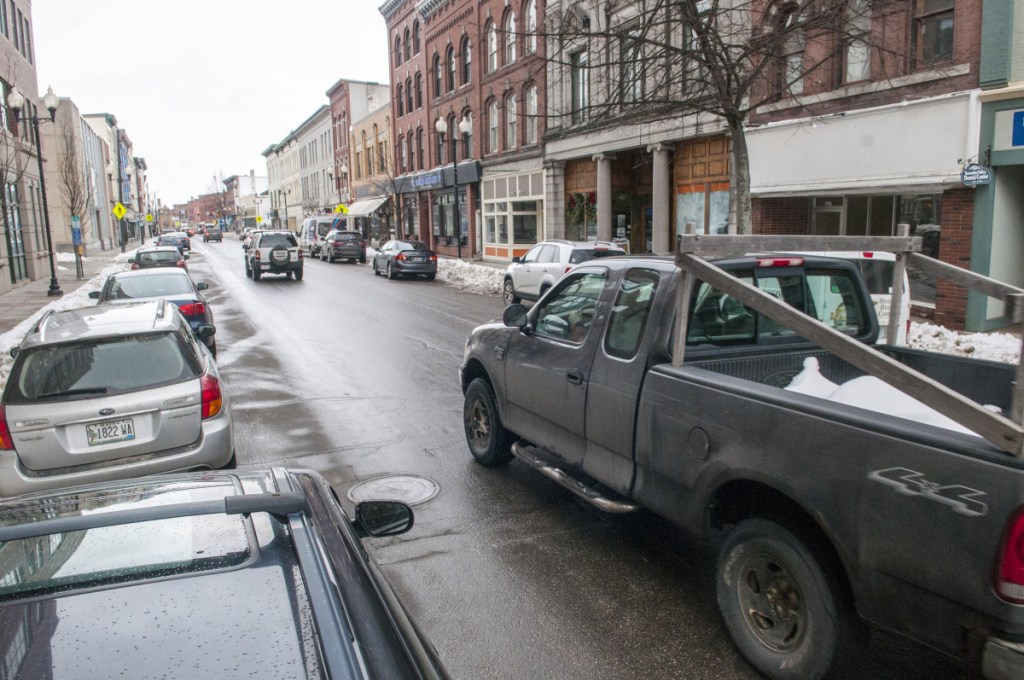
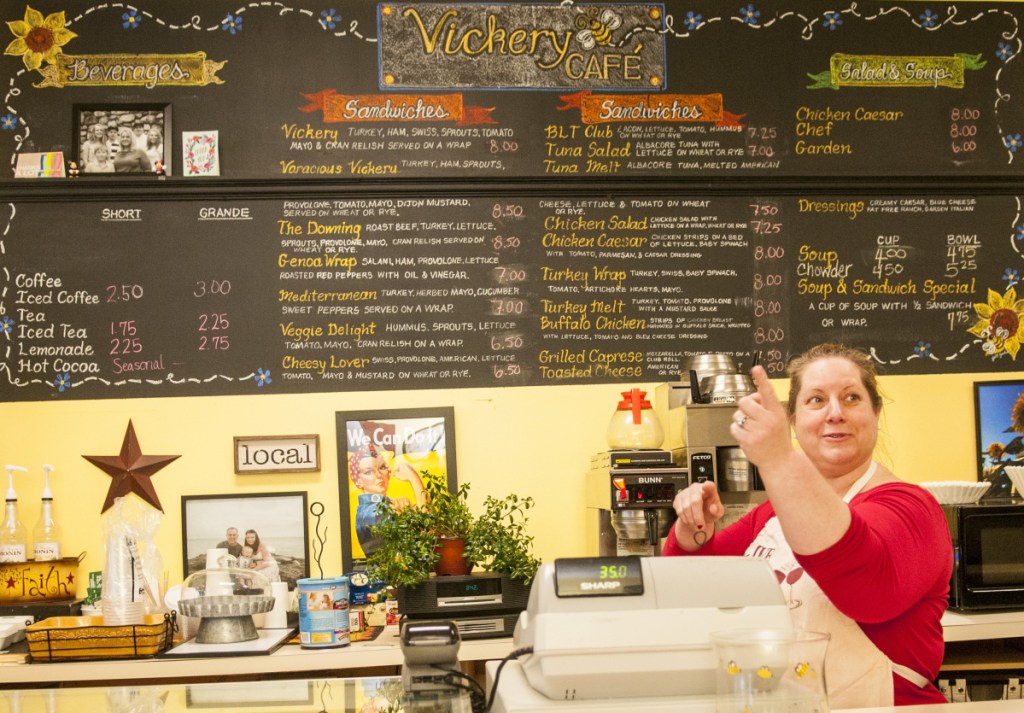
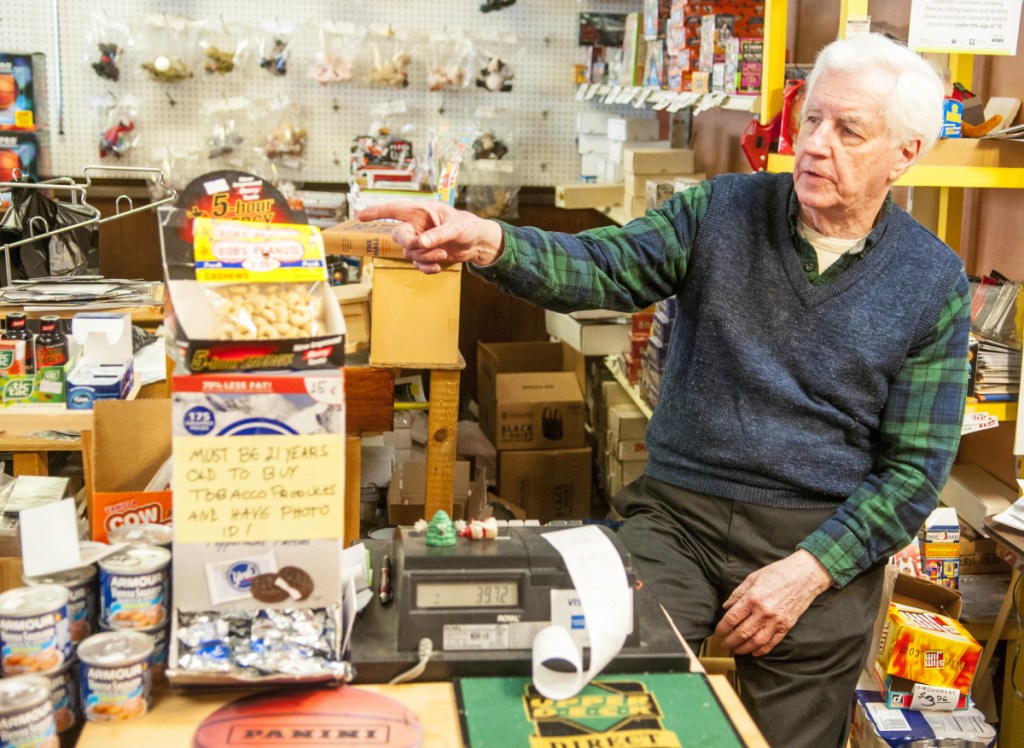

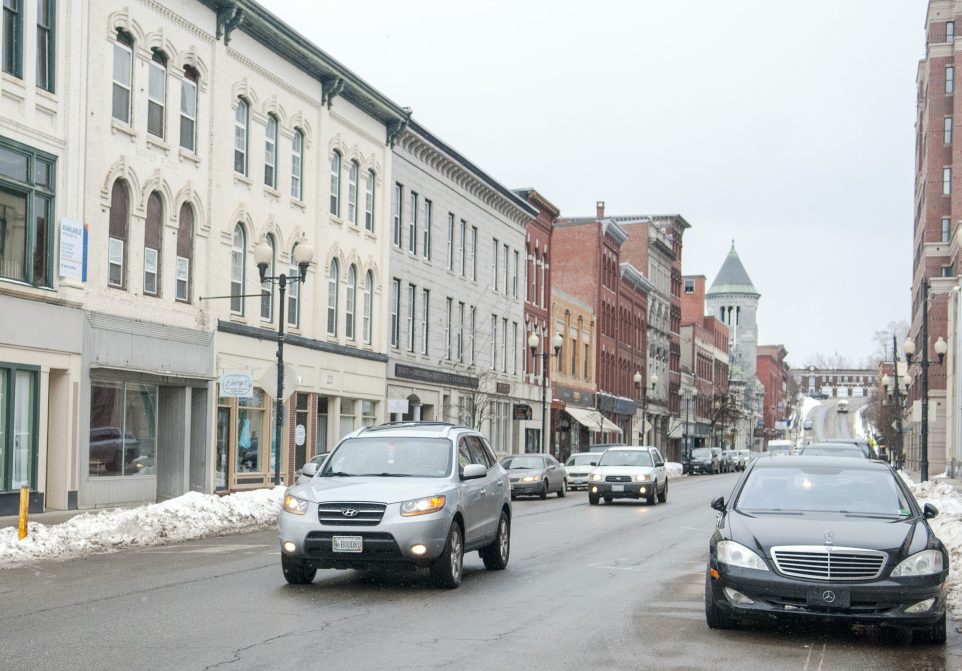
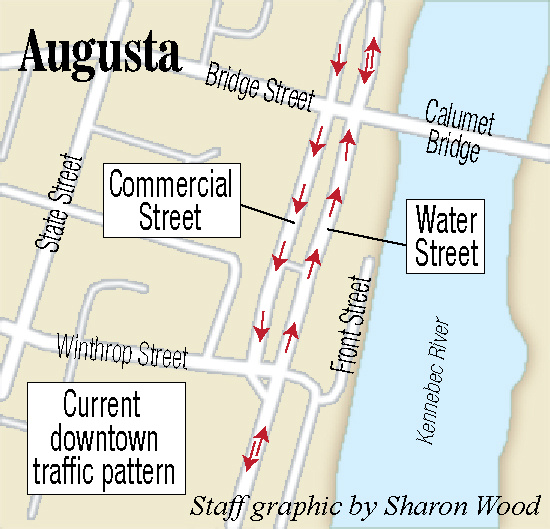

Comments are no longer available on this story